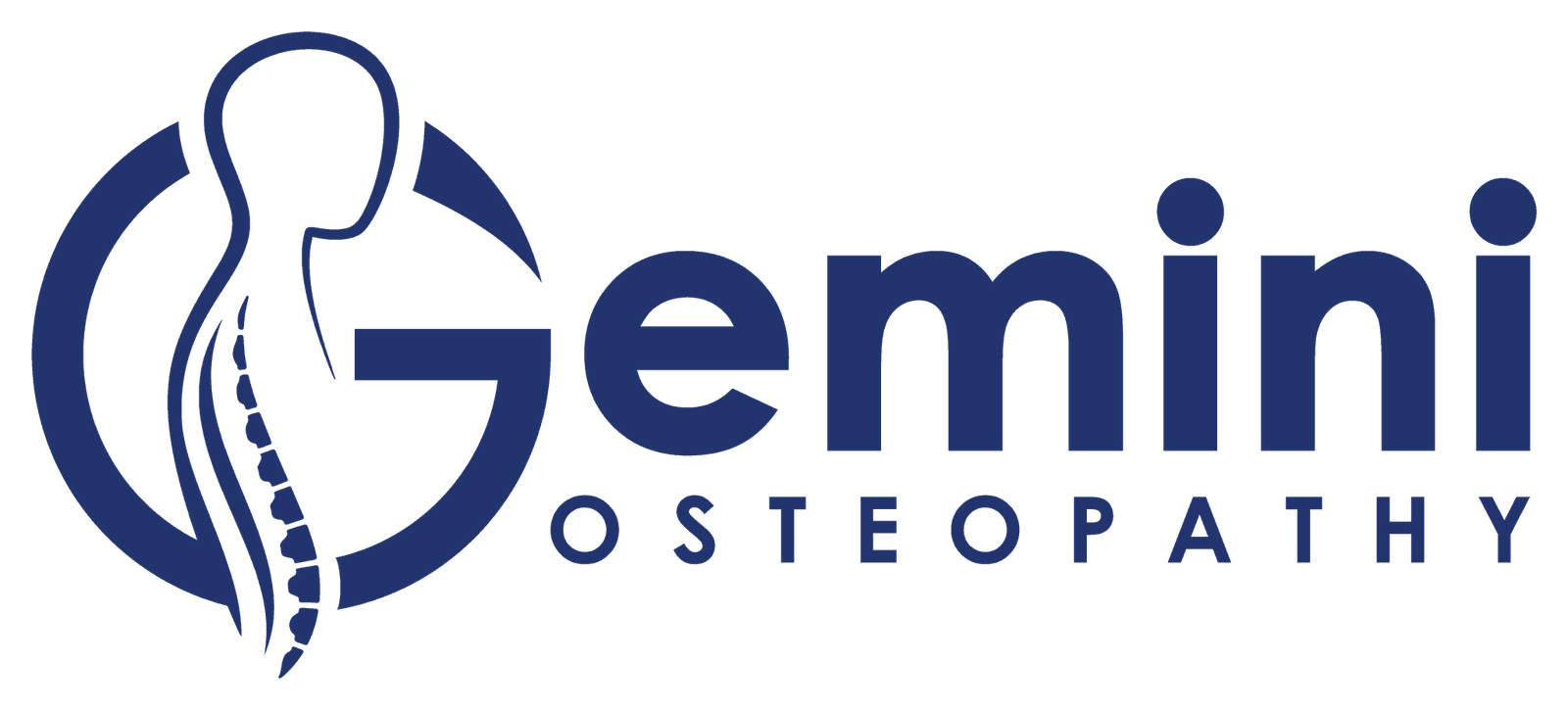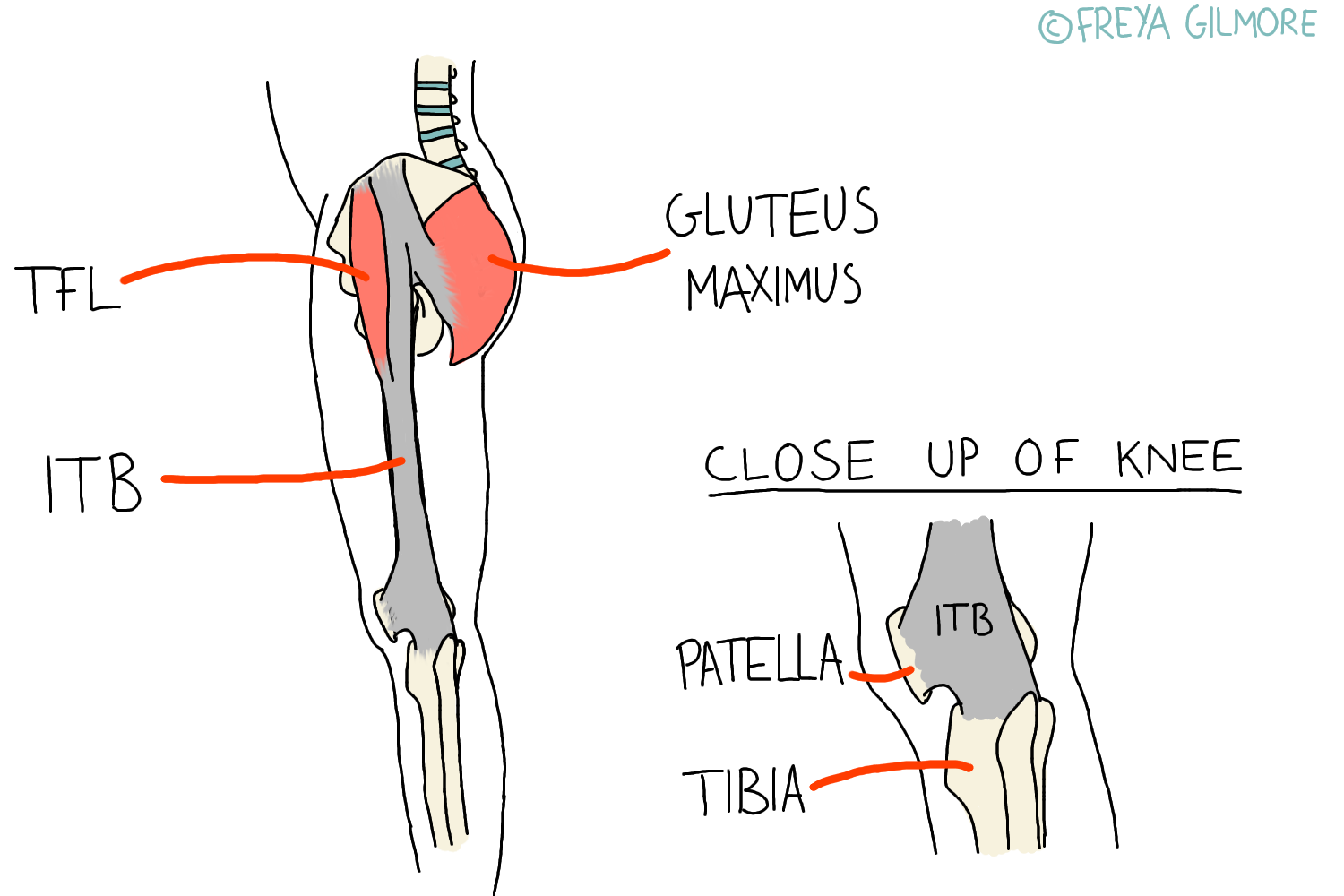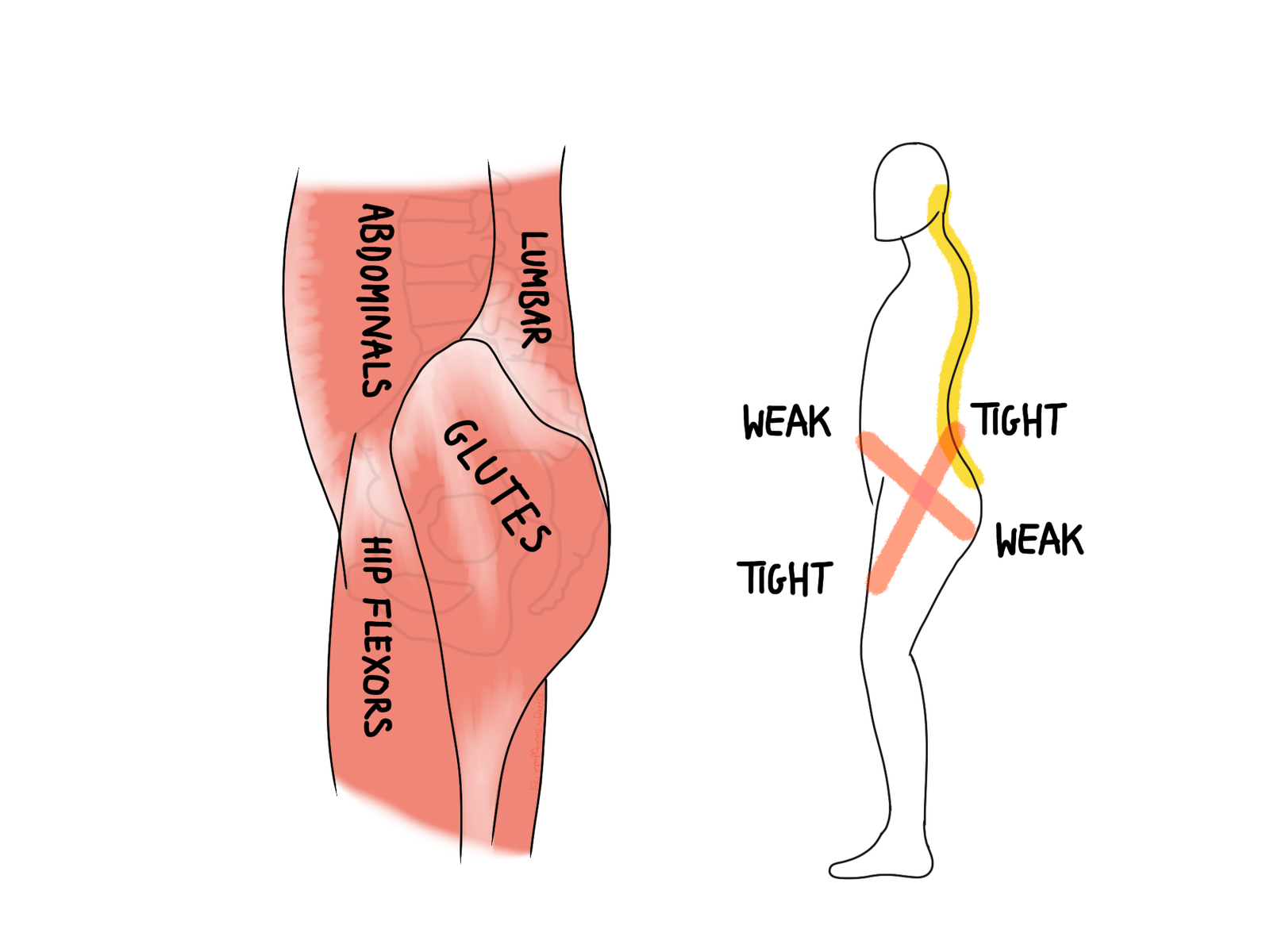The IT band is a band of tissue that runs down the side of the…

Trigger Points
Sometimes pain is felt away from the site that caused it. Trigger points are an example of this, where an irritated part of a muscle causes pain and other symptoms elsewhere, but in a somewhat predictable pattern.
What we Know about Trigger Points
Symptoms of trigger points (TrPs) include:
- specific tender patches within muscles
- deep, dull achey pain
- no obvious cause, but symptoms are aggravated by high or low temperatures, exercise, and prolonged positioning
- massage and heat give temporary relief, and movement can help
- pain that typically comes and goes, but for some people it stays unchanged for a long time
TrPs are small, tender “knots” found within a muscle. The knot itself is where a few muscle fibres are stuck in a contracted state. Sometimes massage and stretching will help with a knot, especially if it’s not too painful and hasn’t been there long- but in this case it probably isn’t a full-blown trigger point. Beyond the presence of the knot itself, TrPs are characterised by their persistence, which has not been fully explained. Theories to explain this include a circulatory explanation: that the contraction limits the local blood supply and causes further tightening. It may also be neurological, whether purely down to an oversensitivity in processing, or an irritation from a nerve.
Similarities with Referred Pain and Other Conditions
As mentioned above, there are other causes for pain to be felt away from the cause. Joints and organs can refer symptoms elsewhere- most people have heard that a heart attack might cause jaw or arm pain instead of chest pain. Similarly, a problem with a joint in the lower back can cause pain to spread down the leg, possibly leading to a misdiagnosis of sciatica.
The image above shows how TrPs in the cheek muscles can present like a dental issue. If you feel a deep, dull, inert pain in your teeth, you’ll assume it’s a job for the dentist. But if that comes back clear, you might be left wondering what’s causing your pain unless you find that reactive knot in your cheek.
There is also crossover with functional conditions like fibromyalgia. Fibromyalgia’s primary symptoms are muscle and joint pains, fatigue, and brain fog. Previously, diagnosis hinged on the presence of tender points, and they are still a key part of diagnosis. Interestingly, research repeatedly shows that exercise is the best management strategy for fibromyalgia.
Managing Trigger Points
There is no one answer for managing TrPs, so unfortunately we typically need to take a trial and error approach. As we don’t know the exact cause of TrPs, there are a number of different routes we can take, but thinking osteopathically, we will want to make sure that there’s nothing overworking the affected muscle. If, for example, you have TrPs in your neck, it won’t help the situation if we know that you tend to hold your head off to one side, so the affected muscles are always working hard to keep your head balanced. Adding this to a combination of other techniques aiming to improve general local tissue health and calm the local muscles and nerves is a good place to start.




